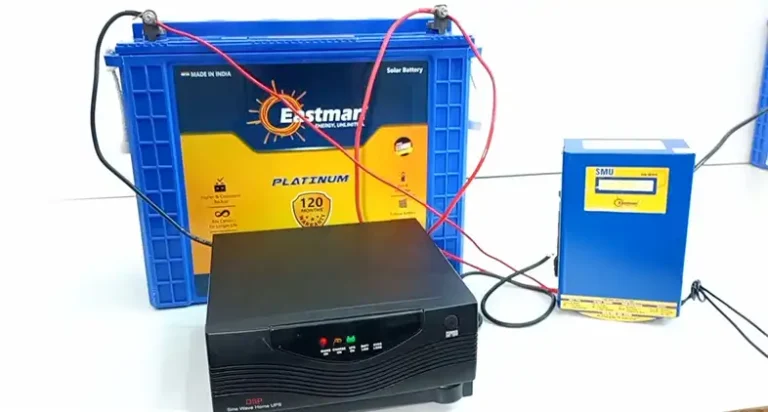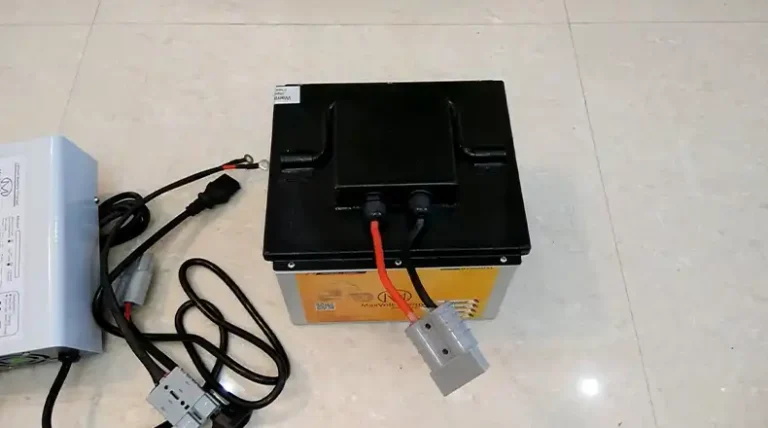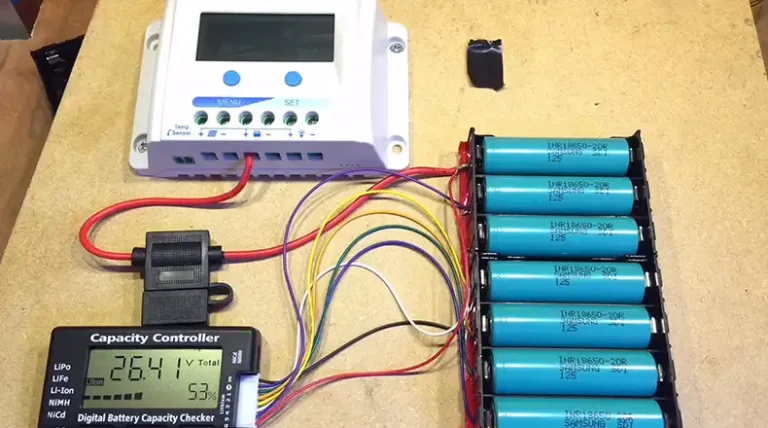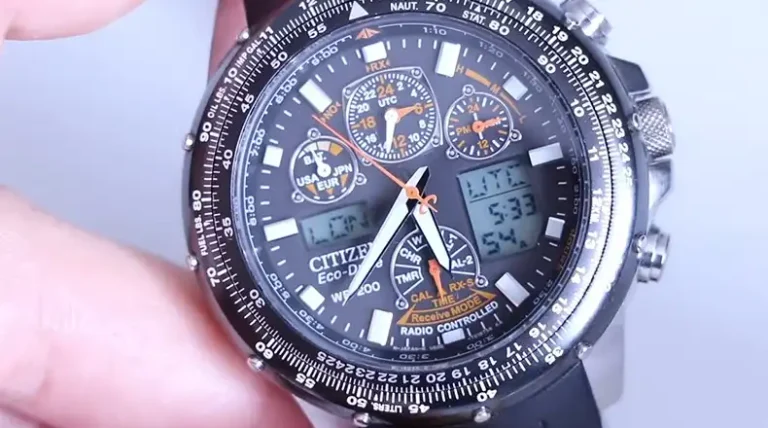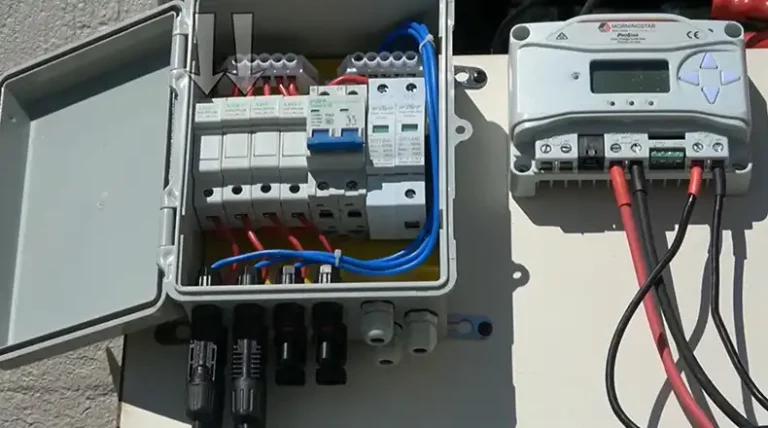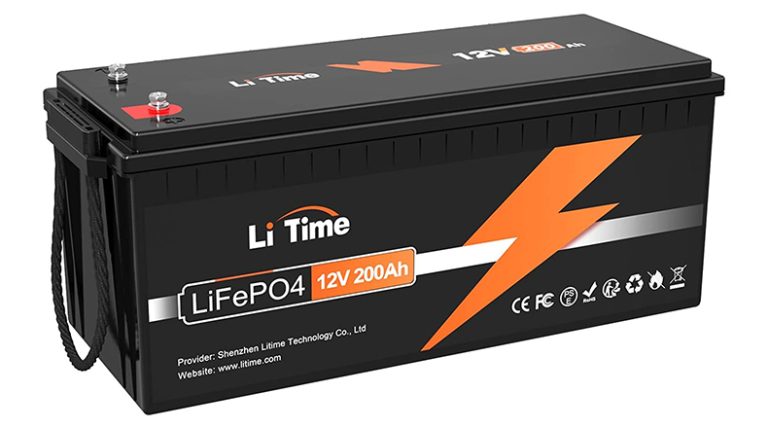Why Does My Solar Battery Drain So Fast?
Although solar energy has become increasingly popular nowadays, one common issue faced by many solar power users is the rapid draining of their solar batteries. If you face the same issue with your solar battery, you might wonder what went wrong.
The rapid draining of solar batteries can happen due to several factors, ranging from improper maintenance and installation to environmental conditions and battery age.
In this guide, I’ll explain the details of why your solar battery drains so fast, and help you explore the underlying reasons behind this issue. By understanding these causes, you can take proactive steps to extend the life of your solar batteries and ensure optimal performance.
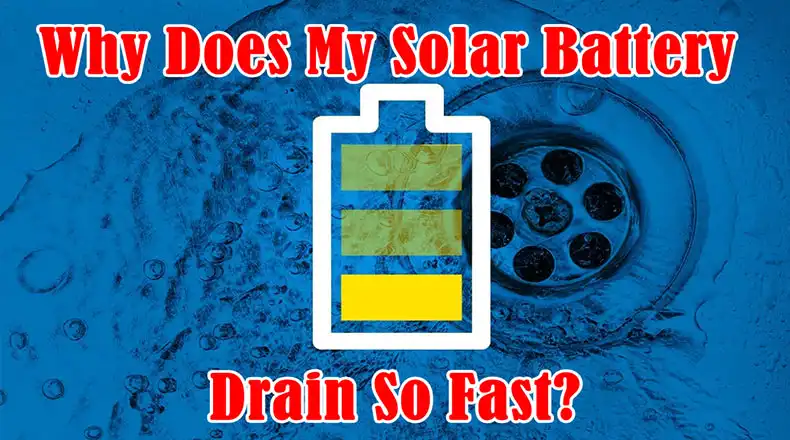
The Possible Reasons for Solar Battery Drainage and Their Solutions
There can be several reasons for your solar battery to drain so fast. Let’s learn about each of the reasons in detail and take the necessary steps to solve the issue of rapid solar battery drainage.
Battery Age and Cycle Life
Batteries don’t have an infinite lifespan, and as they age, their capacity and performance gradually decline. This natural degradation is caused by various factors, including chemical reactions within the battery and the repeated cycles of charging and discharging.
Cycle life refers to the number of charge/discharge cycles a battery can withstand before its capacity drops below a certain threshold (typically 70-80% of its original capacity). Lead-acid batteries, commonly used in solar systems, have a cycle life of 500-1,500 cycles, depending on the depth of discharge and maintenance. Lithium-ion batteries have a higher cycle life of around 2,000-5,000 cycles, but their performance can also degrade over time.
Solution:
Monitor your battery’s age and cycle count using a battery monitoring system or by keeping track of installation and usage dates. Replace batteries that have reached or exceeded their expected lifespan or cycle life, as continuing to use them can lead to further degradation and potential system failures. Consider investing in higher-quality batteries with longer cycle life ratings for improved longevity.
Oversizing and Undersizing Issues
Proper sizing of the solar battery bank is crucial for optimal performance and longevity. Both oversizing and undersizing can lead to problems and accelerated battery drainage.
Oversizing the battery bank means having too much capacity relative to your energy consumption needs. In an oversized system, the batteries may not be fully charged regularly, leading to sulfation and premature failure. On the other side, undersizing the battery bank results in frequent deep discharges, which can significantly reduce the battery’s lifespan.
Solution:
Consult with a professional solar installer or conduct a thorough energy audit to accurately calculate your energy needs and determine the appropriate battery bank size.
If you have an oversized battery bank, consider adding additional loads (e.g., appliances, lighting) to increase energy consumption and ensure regular, complete charging cycles.
For an undersized battery bank, consider expanding the system by adding more batteries or reducing your energy consumption through energy-efficient practices.
Environmental Factors
Various environmental conditions can have a significant impact on the performance and lifespan of solar batteries. Temperature extremes (both high and low) can accelerate battery degradation and reduce overall capacity. High humidity and moisture can lead to corrosion and electrical issues, compromising battery health. Proper ventilation and cooling are essential for maintaining optimal battery temperatures and preventing premature aging.
Solution:
Step 1: Install your battery bank in a well-ventilated, temperature-controlled environment, ideally between 20-25°C (68-77°F).
Step 2: Use insulation or climate control systems to maintain the desired temperature range for your batteries.
Step 3: Ensure proper air circulation around the battery bank to prevent heat buildup.
Step 4: In humid or moisture-prone areas, consider using moisture-resistant battery enclosures or desiccant packs to absorb excess moisture.
Excessive Loads and Energy Consumption
If your energy consumption exceeds the capacity of your solar system and battery bank, it can lead to frequent deep discharges and rapid battery drainage. Energy-hungry appliances, such as air conditioners, electric heaters, and large electronics, can quickly drain your batteries.
Phantom loads and standby power from devices left plugged in or turned on can also contribute to excessive energy consumption. Monitoring and reducing energy consumption is crucial for maintaining a healthy battery bank.
Solution
Step 1: Conduct an energy audit to identify and prioritize your energy needs and consumption patterns.
Step 2: Replace inefficient appliances with energy-efficient alternatives or consider downsizing to reduce energy demands.
Step 3: Unplug or turn off devices when not in use to eliminate phantom loads.
Step 4: Implement energy-saving practices, such as using LED lighting, adjusting thermostat settings, and minimizing the use of high-energy appliances.
Step 5: Consider expanding your solar system or adding additional battery capacity if your energy needs consistently exceed your current system’s capabilities.
Incorrect Installation and Wiring Issues
Improper installation and wiring mistakes can lead to various issues, including rapid battery drainage and potential safety hazards. Incorrect wiring connections or loose terminals can cause voltage drops, leading to incomplete charging and premature battery failure.
Faulty charge controllers or improper settings can prevent batteries from fully charging or cause overcharging, damaging the batteries. Shading or obstructions on solar panels can reduce energy production, resulting in insufficient charging and faster battery drainage.
Solution
- Hire a qualified and experienced solar installer to ensure proper system design, installation, and wiring.
- Regularly inspect wiring connections, terminals, and components for signs of damage, corrosion, or loose connections.
- Ensure proper grounding and follow all safety guidelines and electrical codes.
- Check the settings and functionality of your charge controller regularly and make adjustments as needed.
- Keep solar panels clean and free from shading or obstructions to maximize energy production.
Battery Chemistry and Compatibility
Choosing the right battery chemistry and ensuring compatibility with your solar system is essential for optimal performance and longevity. Different battery types (lead-acid, lithium-ion, etc.) have varying characteristics, requirements, and maintenance needs.
Mismatching battery chemistry with system components (e.g., charge controllers, and inverters) can lead to operational issues and reduced lifespan. Understanding the specific requirements of your battery type is crucial for proper system design and maintenance.
Solution
- Research and consult with experts to determine the most suitable battery chemistry for your solar system and energy needs.
- Ensure compatibility between your chosen battery type and other system components, such as charge controllers and inverters.
- Follow the manufacturer’s guidelines for installation, operation, and maintenance specific to your battery chemistry.
- Consider upgrading to newer, more efficient battery technologies (e.g., lithium-ion) if your current batteries are nearing the end of their lifespan.
By addressing these factors and implementing the appropriate solutions and steps, you can significantly reduce the rapid draining of your solar batteries and extend their lifespan, ensuring optimal performance and efficiency for your solar energy system.
Tips to Make Your Batteries Last Longer
Regular maintenance and proper care are essential for maximizing the lifespan and performance of your solar batteries. Improper charging techniques, such as overcharging or undercharging, can damage batteries and reduce their capacity. Lack of maintenance, such as neglecting to clean or inspect batteries, can lead to issues like sulfation and corrosion. Follow the tips below to prevent these types of issues in the future:
- Maintain proper ventilation, temperature control, and physical protection as these are crucial for battery health and safety.
- Follow the manufacturer’s recommended charging procedures and settings for your specific battery type.
- Establish a regular maintenance schedule for cleaning, inspecting, and testing your batteries.
- Ensure adequate ventilation and temperature control in the battery storage area.
- Protect batteries from physical damage by securing them properly and keeping them away from potential hazards.
- Consider investing in a battery monitoring system to track and optimize battery performance and charging cycles.
Endnotes
There can be several factors that lead to rapid solar battery drainage. By addressing issues related to battery age, sizing, environmental factors, energy consumption, installation, maintenance, and compatibility, you can take proactive steps to extend the life of your solar batteries and enjoy uninterrupted renewable energy. If you have any further questions or concerns, feel free to leave a comment below, and I’ll be glad to provide additional guidance. Thank you for taking the time to read this comprehensive guide. Wishing you all the best in your solar energy journey!
People Also Asked
What Is The Average Lifespan Of A Solar Battery?
The average lifespan of a solar battery can vary depending on the type and usage, but most lead-acid batteries last between 3-7 years, while lithium-ion batteries can last up to 10 years or more with proper care and maintenance.
How Can I Extend The Life Of My Solar Battery?
To extend the life of your solar battery, practice proper maintenance routines, avoid deep discharges, keep the battery cool and well-ventilated, and consider replacing it after it reaches its expected lifespan.
Is It Normal For A Solar Battery To Drain Overnight?
Some overnight drainage is normal due to standby loads, but excessive draining overnight could indicate an issue with your system, such as a faulty charge controller, poor installation, or a battery nearing the end of its life.
Can Extreme Temperatures Affect Solar Battery Performance?
Yes, extreme temperatures can significantly impact solar battery performance. High temperatures can lead to faster degradation, while low temperatures can reduce the battery’s available capacity and increase internal resistance.
How Do I Know If My Solar Battery Needs To Be Replaced?
Signs that your solar battery needs to be replaced include a significant decrease in runtime, frequent deep discharges, visible damage or swelling, and an inability to hold a charge even after proper maintenance and charging routines.

